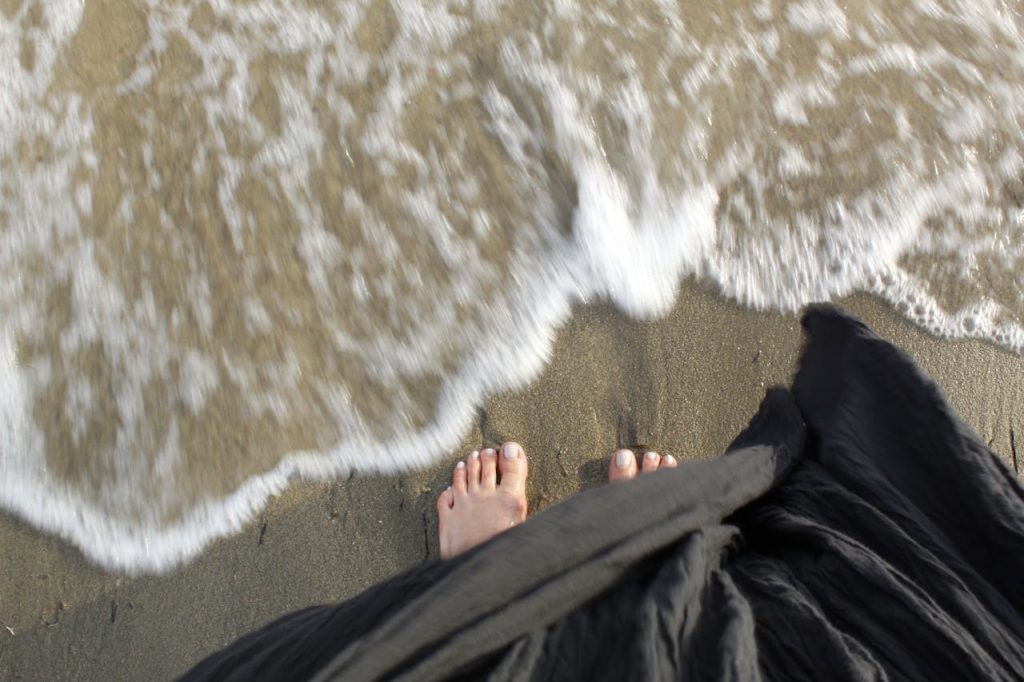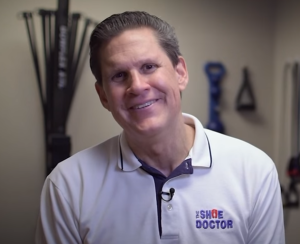Do you ever feel a burning, tingling sensation in your feet? If so, you might be suffering from Morton’s neuroma—a condition that affects the nerves between your toes. While there is no one-size-fits-all cure for Morton’s neuroma, custom orthotics might help to alleviate your symptoms. Keep reading to learn more about this condition and how custom orthotics can help.
What is Morton’s Neuroma?
Morton’s neuroma is a condition that affects the nerves in your feet. It can cause pain, numbness, and tingling in the toes. The condition is also known as interdigital neuroma, Morton’s metatarsalgia, or plantar neuroma.
The exact cause of Morton’s neuroma is not known, but it is believed to be the result of compression or irritation of the affected nerve. This can occur due to a number of factors, including abnormal foot mechanics, excessive pressure on the toes from ill-fitting shoes, trauma or injury to the foot, and certain underlying medical conditions.
While Morton’s neuroma can affect anyone, it is more common in women and people over the age of 40.
Custom Orthotics for Morton’s Neuroma
Custom-made orthotics are medical devices that support and gently reposition the heel, arch, muscles, ligaments, tendons, and bones in the feet, enabling these structures to work together as nature intended, to make each step you take pain-free.
Unlike shoe inserts bought over the counter, custom-made orthotics are built from molds of your feet to meet your unique needs. They are only manufactured after a podiatrist has conducted a complete evaluation of your feet, ankles, and legs, so the orthotic can accommodate your unique foot structure and pathology.
Custom-made orthotics are usually obtained via prescription to prevent as well as treat foot-related injuries by limiting excessive pronation or supination of the foot. In addition, orthotics in Morton’s neuroma treatment typically prevent the rolling in of the transverse arch of the foot that is located in the ball of the foot (the “Metatarsal Arch”) when walking. The rolling together of the bones of this arch is responsible for compression of the nerve and the subsequent pain.
Orthotics are typically made with comfortable thermoplastic materials, which are guaranteed to last for years, and can be designed to fit in dress shoes, athletic shoes, boots, and skates. Your new orthotics may take a few days (or even a couple of weeks) for complete adjustment.
Who gets Morton’s neuroma?
You may face a higher risk of developing Morton’s neuroma from:
- Foot shape
If you were born with flat feet, high arches or toes in an unusual position, you might have instability around the toe joints. That instability can lead to Morton’s neuroma. - Certain medical conditions
Some foot conditions that develop over time can raise your risk of developing Morton’s neuroma. Examples include bunions and hammertoes. - Sports
Sports such as running, tennis and other racquet sports require a lot of pressure on the balls of your feet as you run. Athletes are also more likely to injure their feet, which can lead to Morton’s neuroma. - Shoe choice
High heels (more than 2 inches high) can cause problems. So can tight-fitting, narrow, or pointed-toe shoes. All these shoes put extra pressure on the balls of your feet and limit toe movement.
How To Choose Morton’s Neuroma Insoles
The best insoles for Morton’s neuroma will correct overpronation, one of the main biomechanical irregularities that contribute to nerve trauma. To effectively correct your biomechanics, your insoles should be firm and align with the contours of your arches. Morton’s neuroma insoles will also lift and separate the metatarsals, alleviating pressure on the nerve.
In addition, metatarsal pads can help alleviate and prevent pain from Morton’s neuroma. These small, cushioned pads are specifically designed to support your metatarsal bones, in turn taking pressure off the ball of your foot and relieving forefoot pain.
For most people, choosing more supportive, comfortable footwear and adding a pair of insoles with metatarsal pads will effectively treat and prevent Morton’s Neuroma.
How To Style Your Custom Orthotics
There are a few different ways you can style your custom orthotics to fit seamlessly into both your active and casual wardrobe. Whether you’re at the office, running errands, or lounging at home, these tips will help you show off your new orthotic inserts in style:
- Wear them with socks
Since orthotics are often thicker than traditional shoes, they can sometimes rub against the skin, irritating. Wearing socks will help to create a barrier between your skin and the orthotic, preventing any chafing or discomfort. - Try different shoe styles
While orthotics can be worn with just about any type of shoe, some styles work better than others. For example, closed-toe shoes will provide more support and stability than open-toe sandals. - Choose the right size
It’s important to make sure that your orthotics fit snugly in your shoes. If they’re too big, they can slip around and bunch up, which can be uncomfortable. If they’re too small, they can cause irritation and rubbing. - Experiment with different materials
Orthotics come in a variety of different materials, from leather to cloth to gel. Experimenting with different materials will help you find the ones that are most comfortable for you.
Remember, The 3 Arches of Your Feet Still Need Support!
Maybe you have already felt the first symptoms of balance disorders or you want to prevent them from appearing in the first place. Consider getting a foot orthotic device or simply take care of your feet. Start by washing them thoroughly with a gentle soap whenever you take a shower. Being a very complex support system, your feet are your first line of defense against balance-related issues, since their arches provide you with the stability you need in your daily life. It’s time to put your foot down and push back against balance issues. With both feet on the ground, dedicate yourself to keeping them comfortable and healthy. Give us a call and we will scan your feet to make you custom orthotic inserts.
The Shoe Doctor has specialized in providing custom orthotics for 20 years. The right orthotic insoles can greatly reduce foot, knee and hip pain while increasing performance and comfort. Russell at The Shoe Doctor will help educate and assist you in finding the perfect solution for your particular situation. We will create a 3D map of your feet and make custom orthotics for your hiking boots, everyday shoes, and everything else in between. These orthotics, along with our expert advice, will get you using orthotics like a pro, and have you performing at the peak of your abilities in no time! If you are in the San Francisco Bay Area, give The Shoe Doctor a call to get the best custom orthotics in the area! We are here to assist you, schedule your free consultation here!
Disclaimer
The materials available on this website are for informational and entertainment purposes only and not for the purpose of providing medical advice. You should contact your doctor to obtain advice with respect to any particular issue or problem. You should not act or refrain from acting on the basis of any content included in this site without seeking medical or other professional advice. The information presented on this website may not reflect the most current medical developments. No action should be taken in reliance on the information contained on this website and we disclaim all liability in respect to actions taken or not taken based on any or all of the contents of this site to the fullest extent permitted by law.


